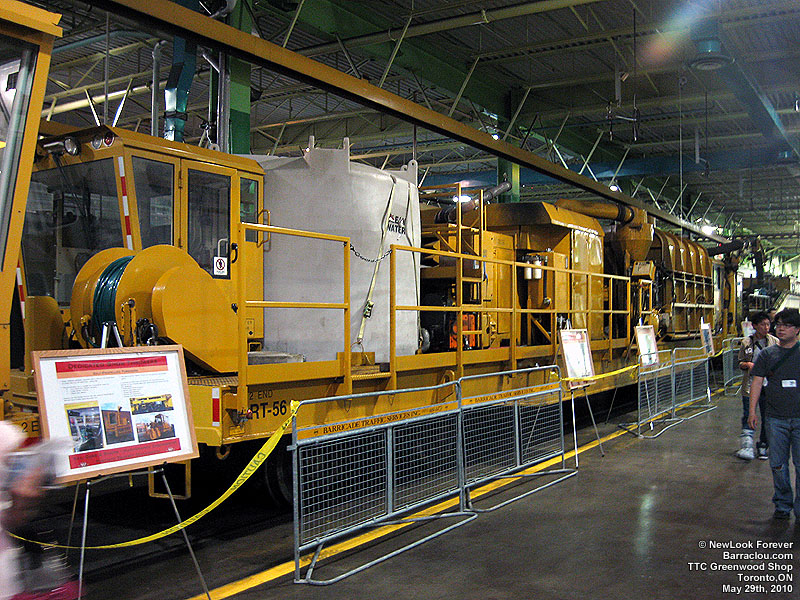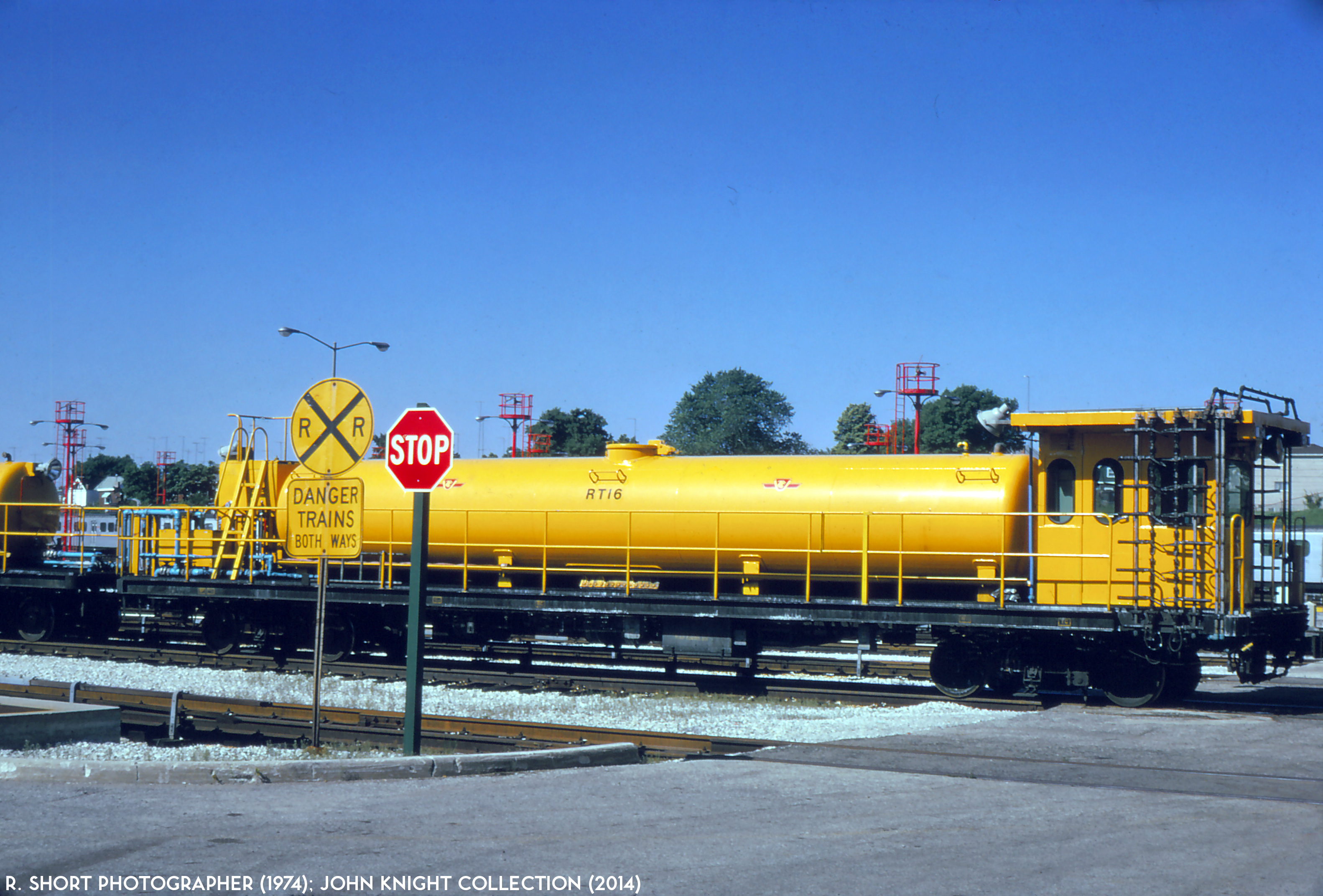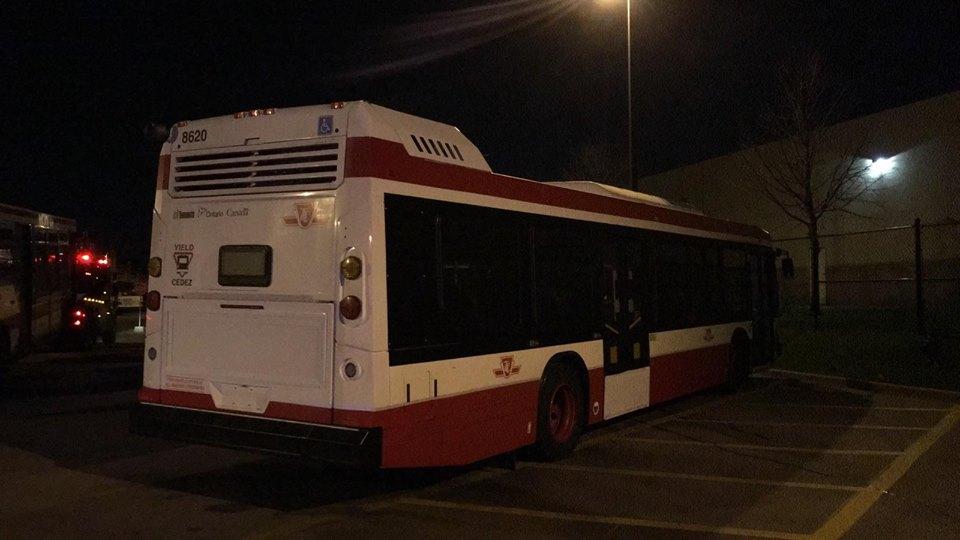Is the air in underground subways harming our health?
New research from Southampton University has shown that ultrafine dust particles – which are unregulated in the UK – are metal rich and more likely to cause health problems, such as cancer and emphysema, in workers and passengers than the larger, regulated dust particles.
In March 2013, new research from the University of Southampton was published in Environmental Science & Technology, which raised a question mark over how safe ultrafine dust is to workers and regular travellers on the London Underground.
The Southampton team - which included the National Institute for Public Health and the Environment (RIVM) - collected ultrafine airborne dust (PM0.1) from a mainline underground station underneath an airport in Europe, as well as larger particles: coarse PM10 (which have a diameter of ten micrometres or less) and ?ne PM2.5 (which have a diameter of 2.5 micrometres or less).
"The ultrafine dust was at least as rich in metals as the larger dust particles and, therefore, taken together with their increased surface area to volume ratio, it is of potential significance in understanding the risks of working and travelling in the underground," said Matt Loxham, PhD student at the University of Southampton, and part of the study's research team.
"These tiny dust particles have the potential to penetrate the lungs and the body more easily, posing a risk to someone's health."
According to the researchers, while coarse dust is deposited in the conducting airways of the body (such as nasal passages and bronchi) and the fine dust is able to reach the bronchioles (smaller airways), the ultrafine dust can reach the deepest areas of the lungs and into the alveoli.
They concluded that there is evidence that ultrafine dust can evade the protective barrier lining the airways (the epithelium), and enter underlying tissue and the circulation, meaning that the toxicity of ultrafine particles may not be limited to the airways, but may involve the cardiovascular system, liver, brain and kidneys.
The Trade Union Congress (TUC) confirms in its Dust in the Workplace report that "the two most serious health problems caused by dust are cancers of the lungs, throat and nose, and other lung conditions called Chronic Obstructive Pulmonary Disease (COPD) that includes chronic bronchitis and emphysema."
[...]
While conclusions about London Underground's air quality cannot be drawn from research from another underground station in Europe - Loxham says there are "large differences in airborne particle concentrations across different underground railway networks" caused by a number of different factors, such as ventilation and braking systems, wheel type and system age - the report could mean that PM0.1 particles are tested in the future.
Loxham believes the reason they are not currently regulated is due to the "relative infancy of research on the potential health effects of PM0.1 compared to PM10 and PM2.5".
He said: "In our study, although PM0.1 were the least-represented PM fraction in terms of mass, their mass concentration nonetheless exceeded World Health Organisation 24-hour limits for both PM10 and PM2.5 [24 hour average particle exposure of 50 and 25 mg/m3 for PM10 and PM2.5, respectively], while we found underground PM0.1 to be at least as rich in transition metals as PM10 and PM2.5."
While there is much previously published work suggesting the air quality in environments such as steel mills or welding plants, which are rich in airborne metals can impact negatively on health, little research has been carried into the effects of working in an underground railway station - a similarly metal-rich environment.
[...]












